The reborn Renault 5 will undercut key rivals with a starting price of just under £23,000 ahead of deliveries starting in spring.
At £22,995, the entry-level 118bhp car, with a 40kWh battery for 190 miles of range, slots in just between the Citroën ë-C3 and Fiat 500e and is only around £1600 more than the hybrid Renault Clio.
Standard kit on entry-level Evolution trim includes 18in alloy wheels, a 7.0in digital gauge cluster, wireless phone mirroring, rear parking sensors and LED lights at each end, while Techno trim adds £2000 for extra equipment including a larger driver display, adaptive cruise control, a wireless phone charger and a bonnet-mounted charge level indicator.
Renault is aiming to defend its position in the increasingly competitive small car market, and the 5 is testament to the French company’s commitment to providing affordable cars in the EV era.
Prices climb to £26,995 for the more powerful 148bhp car, which is powered by a larger 52kWh battery and claims 248 miles of range.
That's available in either Techno or top-rung Iconic trim, the latter adding heated front seats and steering wheel, lane-keeping assistance, adaptive cruise control and parking assistance for £28,995.
The 5, a faithful reimagining of 2021's concept, is the first in a wave of retro electric cars coming from Renault over the next few years, including the recently revealed Renault 4 and a production version of the nostalgic Twingo concept.

Platform
The 5 is based on a new EV architecture dubbed Ampr Small (formerly CMF-BEV), which shares much of its core structure with that used for the Nissan Juke and Renault Clio.
Using the fundamentals of an existing platform is said to have cut development costs by 30%, compared with engineering a bespoke platform like that which underpins the £28,195 Fiat 500e.
Renault engineers say driver engagement was a priority in the development of the 5, which is why it has multi-link suspension at the rear, rather than the torsion beam design used on the Clio.
Jean-Sébastien Blazy, vice-president for vehicle performance, previously told Autocar: “This is our secret in order to give our car very good agility and very good steering response, and to ensure the stability of the car in extreme manoeuvres, like avoiding a kid or an event on the road.”
Blazy added that the 5 “will be totally comparable in terms of vehicle dynamics with the Mégane [EV]”.
However, engineers acknowledge that the larger car's steering has been criticised for being “too sensitive”, so they have slackened the 5’s rack from a 12:1 ratio to 13:7.
Prioritising dynamics – as well as the need to pack lots of electrical kit into a body slightly smaller than that of the Clio, at 3.92m long and 1.8m wide – spurred several key developments to reduce weight and space.

Power and battery
The 5’s new motor, for example, uses a new inverter that cuts 15kg in mass and 3cm in length. The nickel-manganese-cobalt batteries, meanwhile, use a simplified layout in which cells are batched into larger square-shaped modules.
The 40kWh pack uses three modules with 31 cells apiece, with a total weight of 240kg, while the 52kWh pack gets four groups of 46 cells, totalling 300kg.
As such, the 5 tips the scales at just 1372kg with the entry-level 40kWh battery. The original Zoe had around half that capacity (22kWh) yet weighed nearly 100kg more, at 1468kg.
With the bigger 52kWh pack, the 5 weighs 1449kg, on a par with the rival Peugeot e-208. Renault’s engineers are bullish about the performance implications of these weight reduction efforts. One told Autocar that the e-208 was used as a benchmark in tests at Renault’s track in Aubevoye and the 5 was around 13mph faster through 60mph-plus bends.
The 5 will be offered with a choice of three motor outputs: 94bhp, 121bhp and 148bhp, with the mid-rung option claimed to deliver 0-62mph in less than 8.0sec. Autocar understands that the entry-level motor is unlikely to be offered in the UK.
Both batteries will be available here, though, with Renault claiming a range of 186 miles for the 40kWh car and 249 miles for the 52kWh version.
Cars with the smaller battery get 80kW DC fast-charging capabilities; 52kWh cars are boosted to 100kW. In either guise, the 5 is able to supply up to 11kW to external devices via its charging port, which means it can effectively become a part of the electrical grid.
This would allow owners to charge overnight when power is cheap and then sell energy back during peak hours at a profit. In France, Renault will offer this functionality via a subscription to its nascent e-mobility platform, Mobilize.

Interior
The 5’s interior melds the clean-cut styling of the Mégane with a brutalistic look inspired by the classic 5 Turbo.
The 10.0in instrument and infotainment screens are encased in chunky plastic shrouds designed to recall the homologation special’s analogue gauges, while the seats feature thick, corduroy-style padded inserts.
The dashboard, too, is inspired by the rally car, protruding into the cabin like a shelf and trimmed in one of several distinctive textiles depending on the chosen spec level.
Techno, for example, features swathes of denim. In all cases, leather is omitted, and 18% of the car’s material content is recycled, including 41kg of polymers.
Design
The “retro futuristic” shape of the new Renault 5 E-Tech does more than merely remind people of the great days of the original R5, according to its designers.
Group design boss Laurens van den Acker believes it gives the marque an iconic look and shape with the same kind of long-lasting ability as the BMW Mini or Fiat 500; perhaps even the Porsche 911.
The adoption of the new R5 shape was a highly pragmatic decision made by group CEO Luca de Meo when he first arrived in the company three and a half years ago. The concept was already complete in the design studio, having been created on spec by designers who realised the company needed to replace both Clio and Twingo, and couldn’t afford to do both.
The new 5 was their answer — and as van den Acker explains — de Meo seized it as the emblem for his now-famous Renaulution plan.
Van den Acker believes Renault will reap big benefits from using an emotional, retro-modern design, but he acknowledges there could be problems at replacement time for companies who have such designs — and nothing else. Renault isn’t in that position, he says. “We have other B-segment models,” he explains. “Led by Luca, we believe the 5 could go 20 years. But the Clio will change with the times.”
The exterior blends retro and modern cues, based largely on the concept but adopting a few subtle modifications for production: the front lighting signatures have been reworked, for example, so the headlight projectors now use more conventional blocks of LEDs, rather than the diffuse units on the concept.
These display a small square when the main beam isn’t in use, said to be inspired by the human pupil, and ‘wink’ as you approach the car with the key fob.
A charging indicator has been integrated into the offset hump on the bonnet, which references the asymmetrical cooling vent on the original 5.

This indicator fills a ‘5’ logo with light to represent the level of charge left in the batteries, allowing drivers to quickly gauge range without having to get in the car or check the app. Otherwise, the front end retains its blend of hard edges and swooping curves, mimicking the original 5.
The rear is similarly faithful to the concept, although the light bar that previously spanned the width of the hatch is gone. It has been replaced with a slab of black plastic bearing a ‘Renault’ word mark and new ‘5’ badging.
Aerodynamics were a key consideration in adapting the concept for production: the roof-mounted lip spoiler, which harks back to the 5 Turbo, nets a claimed five miles of range; the mid-range Techno trim’s clean-faced alloy wheels gain another five; and the slatted rear-light design provides a boost of about four.
Many of these interior and exterior cues – and much of the 5’s technical make-up – will be shared with the new Renault 4 compact crossover, which will be revealed later this year as the final evolution of 2022’s chunky 4Ever concept.
The smaller, 1990s-style Twingo – due on sale in 2026 – will also use a version of the Ampr Small platform but with an even more stringent focus on cutting production costs and maximising efficiency. The 5 will be built at Renault’s ElectriCity hub in northern France from mid-2025.

Its motors will be produced at the Cléon factory, which built engines for the original 5, as well as many other models including the Alpine A110, Renault Estafette van and even early Twingos.
Vehicle assembly will take place alongside the Mégane E-Tech at Douai, where batteries will also be produced when a new gigafactory is opened in mid-2025.
By 2030, these batteries will have a 35% smaller carbon footprint than those in the Zoe, claims Renault.
Even third-party OEMs will supply parts from within 300km (186 miles) of Douai, ensuring that the 5 is completely European in provenance.




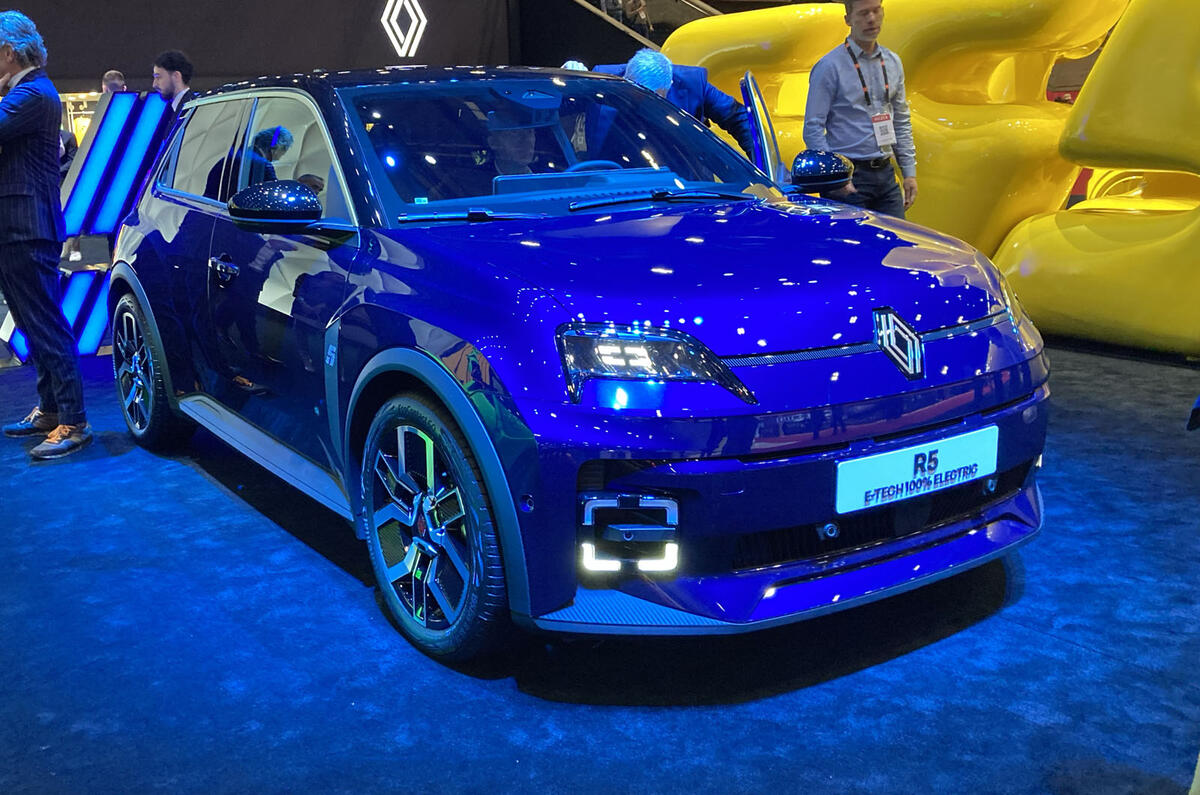








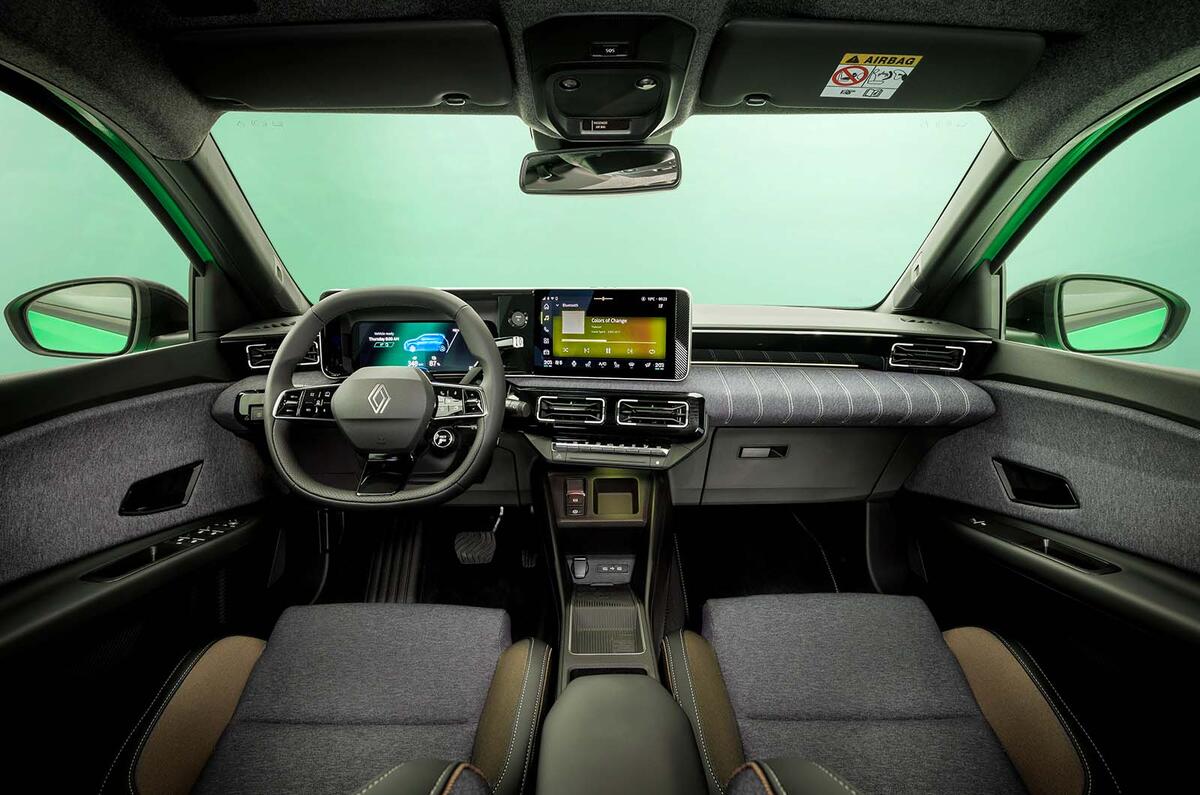



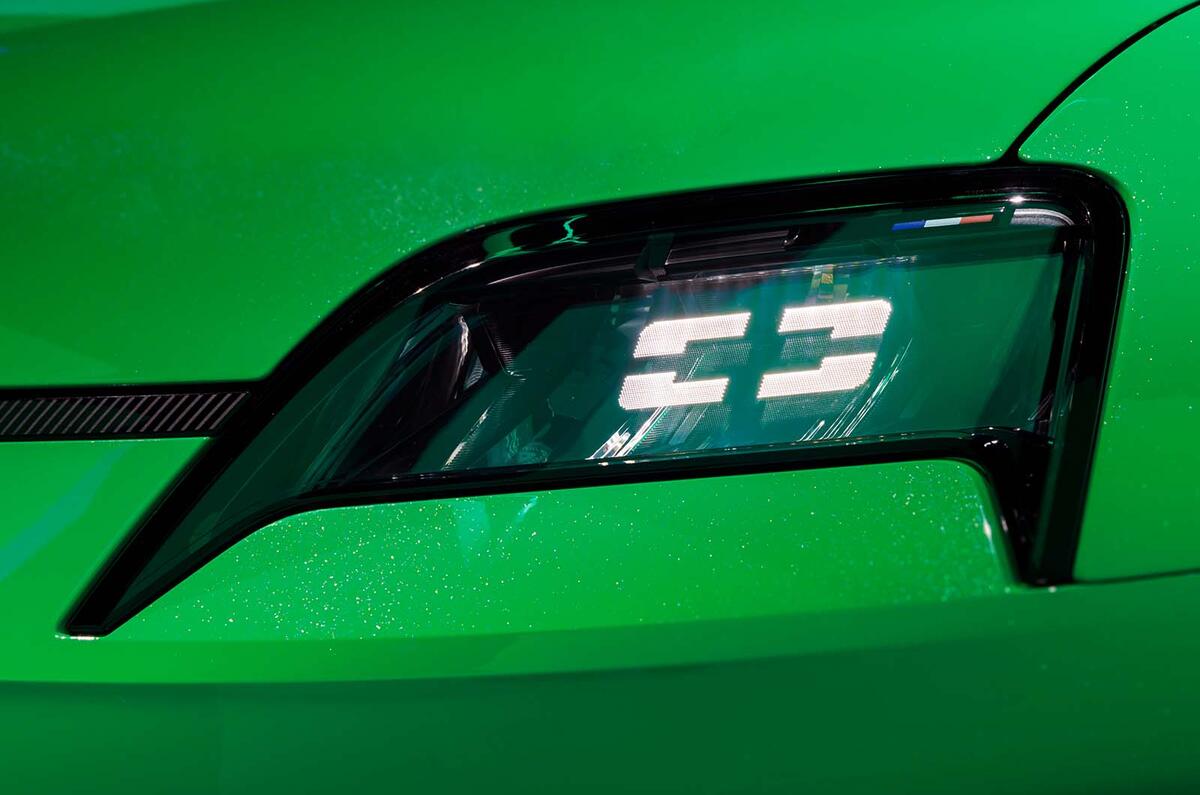
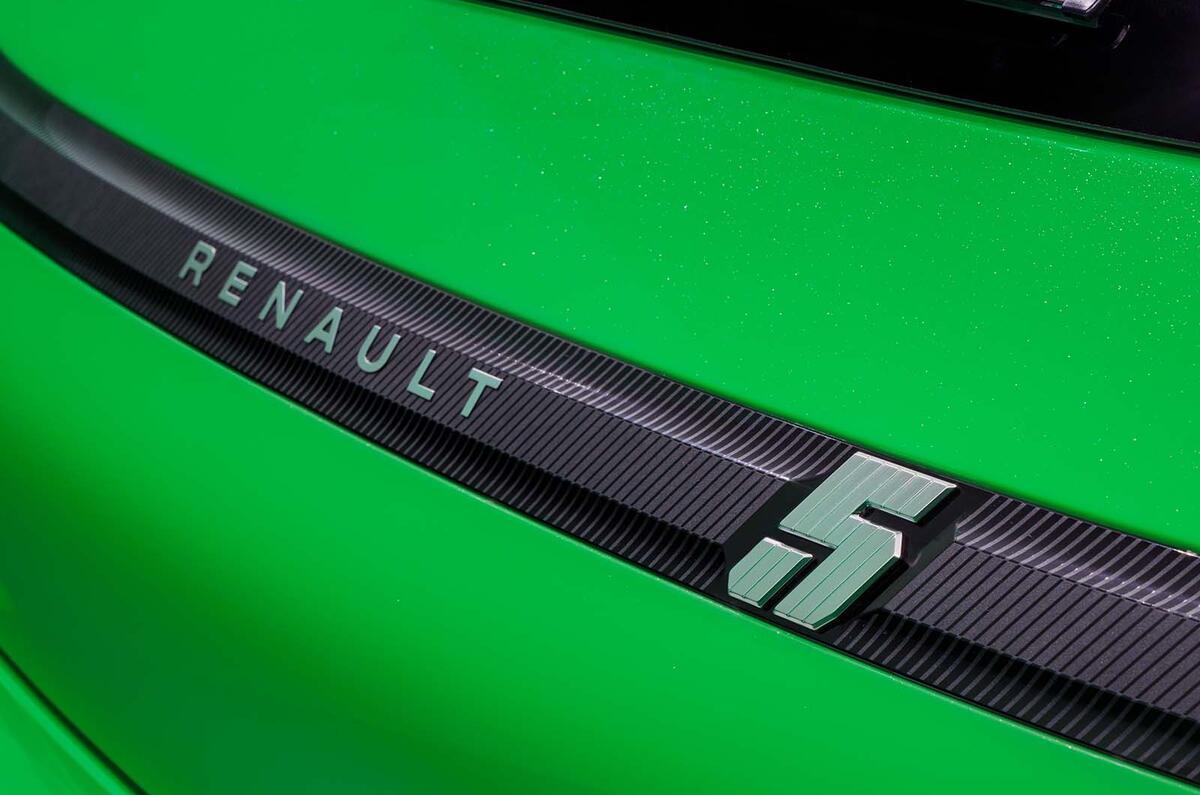

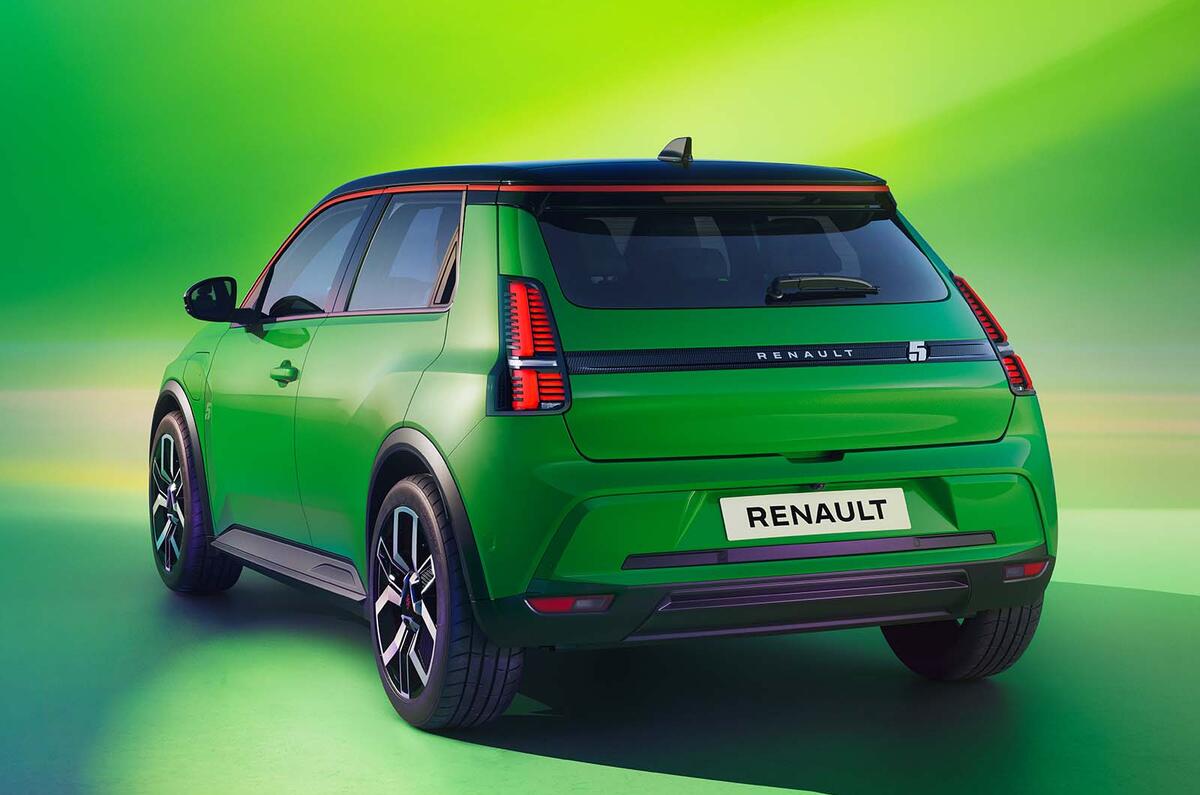










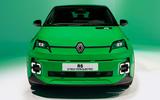


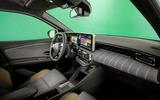
















Join the debate
Add your comment
Pleased to see that the entry level price is so competitive even less than the MG4 something to make other EV manufactures think twice about
Looks great - just needs a petrol version warm/hot hatch
Not going to happen. Alpine 5 has though.
It's not for me, but I hope it kicks off a price war - the Jeep Avenger is a whopping £11,000 more!!!